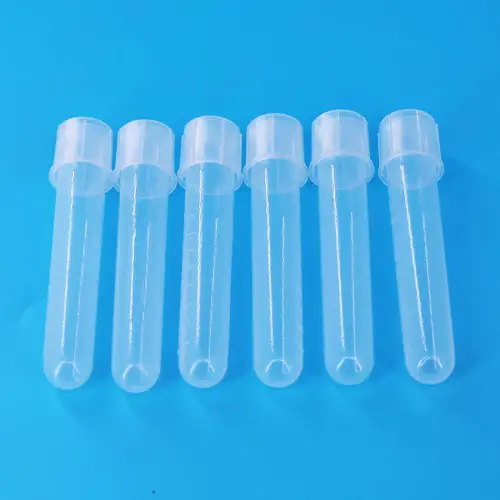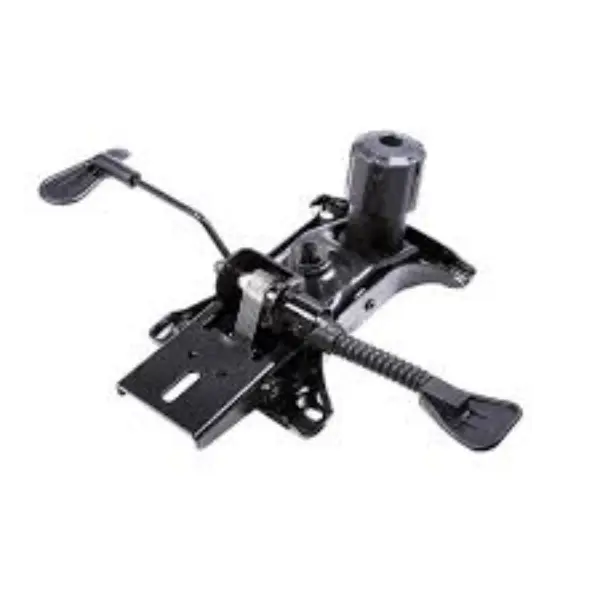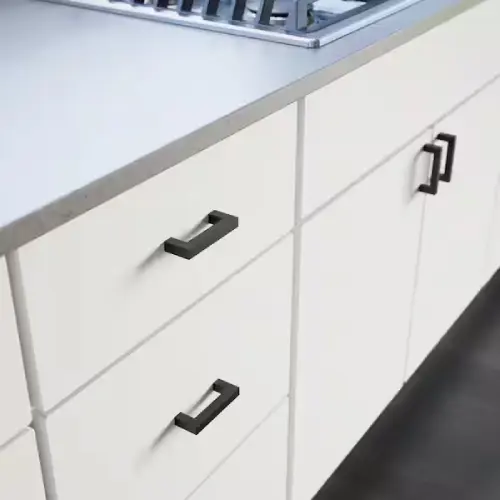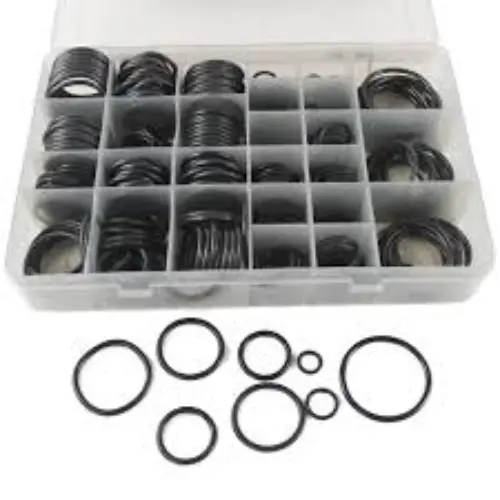To expand your news reach, consider advertising with our media partner, Patch Media, at https://heypapipromotionsmedia.town.news/. Patch is a nationwide news network comprising over 1,000 hyperlocal websites dedicated to community news across the United States. For press release distribution services, please call or visit https://heypapipromotions.com/advertise.
Greetings in The Mighty Name of Jesus, The Christ!!!
Ears To Hear a Spirit Of Understanding
Matthew 13:14-15 KJV
"14 And in them is fulfilled the prophecy of Esaias, which saith, By hearing ye shall hear, and shall not understand; and seeing ye shall see, and shall not perceive: 15 For this people's heart is waxed gross, and their ears are dull of hearing, and their eyes they have closed; lest at any time they should see with their eyes, and hear with their ears, and should understand with their heart, and should be converted, and I should heal them."
Revelation 2:7 KJV
“He that hath an ear, let him hear what the Spirit saith unto the churches; To him that overcometh will I give to eat of the tree of life, which is in the midst of the paradise of God."
Brothers and Sisters are You Listening, do You Hear What The Holy Spirit Speaks. For I have fought since the very beginning before my Calling, for The Truth, for The Righteousness that is supposed to be in The Body, The Church, Born Again, Blood Bought!! But I have found that even though you make claims of being One Body, that in Reality you do not Support One Body!!!
Are the following Scriptures just Words on a page, or do you Truly Believe them???
Ephesians 4:3-6 KJV
"3 Endeavouring to keep the unity of the Spirit in the bond of peace. 4 There is one body, and one Spirit, even as ye are called in one hope of your calling; 5 One Lord, one faith, one baptism, 6 One God and Father of all, who is above all, and through all, and in you all."
Malachi 2:10 KJV
“Have we not all one father? hath not one God created us? why do we deal treacherously every man against his brother, by profaning the covenant of our fathers?"
Brothers and Sisters, you have Believed the Lies Of Man and of Satan for so long that when the Truth comes, You Deny!!! You say in Your Heart, we do not Understand therefore we will not Accept, WE do not Believe because it has been told to us that it cannot be. You Brothers and Sisters do I Reproof because of Your Choices that you make. If it is Written by those whom God has chosen to Write, then, Understand this, it is God whom You have a problem with, for They have not changed since the beginning of Time!
The Following Scriptures are in The New Covenant that we have with The Father through Jesus Our Lord and Savior…
Ephesians 4:11-16 KJV
"11 And he gave some, apostles; and some, prophets; and some, evangelists; and some, pastors and teachers; 12 For the perfecting of the saints, for the work of the ministry, for the edifying of the body of Christ: 13 Till we all come in the unity of the faith, and of the knowledge of the Son of God, unto a perfect man, unto the measure of the stature of the fulness of Christ: 14 That we henceforth be no more children, tossed to and fro, and carried about with every wind of doctrine, by the sleight of men, and cunning craftiness, whereby they lie in wait to deceive; 15 But speaking the truth in love, may grow up into him in all things, which is the head, even Christ: 16 From whom the whole body fitly joined together and compacted by that which every joint supplieth, according to the effectual working in the measure of every part, maketh increase of the body unto the edifying of itself in love."
I would dare to say that 90% of you have No Clue to The Spiritual Understanding of these Scriptures, if you Truly did, then you would also Understand that All Denominations are of Man’s and Satan’s doing to Divide The Church and not that of God!!! I left the Denominational Setting over 40 years ago, because of all the Heresy that was found and could not fight against because of the number who would rather believe a lie than the Truth!
These Five Offices that Jesus setup, NOT MAN nor SATAN, but Jesus, was and is to Keep The Body in One Accord, to bring them into The Understanding that Jesus and The Father and The Holy Spirit want.
You, Church, pay more Allegiants to Your Boss, Your Friends, Your Parents, Your brothers and sisters, Your Denomination…, then you do to The Scriptures which is Jesus and The Holy Spirit!
I Believe that you have Selective Hearing, that You have become Dull Of Hearing The Truth even when it presents itself to you. The above Scriptures are Not Passed as though they do not exist, but are Alive unto the End Of The Age Of the Gentiles is finished. Then and only then will these Scriptures be Void.
The Church suffers because of a Lack Of Integrity and has No Tenacity to Stand upon The Word and Not Be Moved!!
Matthew 13:15 KJV
"For this people's heart is waxed gross, and their ears are dull of hearing, and their eyes they have closed; lest at any time they should see with their eyes, and hear with their ears, and should understand with their heart, and should be converted, and I should heal them."
Hebrews 5:11 KJV
“Of whom we have many things to say, and hard to be uttered, seeing ye are dull of hearing."
Have a Greater Understanding of the following Scriptures…
Matthew 25:1-13 KJV
"1 Then shall the kingdom of heaven be likened unto ten virgins, which took their lamps, and went forth to meet the bridegroom. 2 And five of them were wise, and five were foolish. 3 They that were foolish took their lamps, and took no oil with them: 4 But the wise took oil in their vessels with their lamps. 5 While the bridegroom tarried, they all slumbered and slept. 6 And at midnight there was a cry made, Behold, the bridegroom cometh; go ye out to meet him. 7 Then all those virgins arose, and trimmed their lamps. 8 And the foolish said unto the wise, Give us of your oil; for our lamps are gone out. 9 But the wise answered, saying, Not so; lest there be not enough for us and you: but go ye rather to them that sell, and buy for yourselves. 10 And while they went to buy, the bridegroom came; and they that were ready went in with him to the marriage: and the door was shut. 11 Afterward came also the other virgins, saying, Lord, Lord, open to us. 12 But he answered and said, Verily I say unto you, I know you not. 13 Watch therefore, for ye know neither the day nor the hour wherein the Son of man cometh."
The Five Virgins that had Oil, were doing The Work Of The Word IN Their Lives and Stood in One Accord, Believing All The Same Things as The Fathers Will Demands us to. The Five Virgins who Sought a way to be ready never came to the Understanding and Their Lives were Not in One Accord with the First Five Virgins, for when they Approached Jesus, He said I Do NOT Know YOU!!!
Though all things are not yet fulfilled, The Age Of The Gentiles is closing and when it does, Jesus will return for His Bride, The Virgin who Obeyed The Scriptures, not just in Part, but The Whole!!!
Some of you say well it will never be because… but I tell you it can!! We find that Paul wrote to many, some in Reproof, some in Rebuke, but some he Exalted because they Followed The Same Word, even though the two were many miles apart, so then, this message matters not of the Denomination you sit in, nor how far across the World it is delivered, the Same Word is The Same Word no matter what. We Serve The Same Jesus, The Same Father, The Same Holy Spirit, so then, in One Accord we should Stand, that The World may see Our Love for One Another, through The Word and Spirit we are of!!! The Lord Jesus told me a long time ago, that the Same Word that I Minister here, should be the Same Word Ministered across The World, that there is No Difference in Obeying.
Romans 6:16 KJV
“Know ye not, that to whom ye yield yourselves servants to obey, his servants ye are to whom ye obey; whether of sin unto death, or of obedience unto righteousness?"
How important is this Scripture? It is very important to Your Walk, Your Relationship with Jesus, for we are to Obey All Scriptures as The Holy Spirit leads in Understanding. There are parts that yes, we no longer have to do, like Lamb Sacrifices, but even in that we can Learn Whom Our God Is!!! To Understand, you Must be Living in The Spirit, not The Flesh, for the Flesh finds The Word an Offence to Their Lives Of Disobedience!!!
I have tried for many, many years now to Bring the Body into One Accord, but The Body, continues to Fight against me with an Evil they do not understand. How can We, The Church, say we are Christ Body if we create Walls and Boundaries that Jesus did not Want nor Create, for there is only One Wall that Jesus Demanded and that is that We, The Church, be Separated from The World.
Anyone, Anywhere, show me in God’s Holy Word, that WE, The Church, are to be Divided, SHOW ME!! You will not find such a thing, No Where, but what you will find is Disobedience Of The Word!!!
I make this plea once again, let those who have a Calling In ONE of The Offices contact me, we have work to do! Those of you who have not a Calling In One of The Offices, Walk in Obedience to The Word and The Holy Spirit in All Things!! Those of you that have a Facebook account, share your resources with me, to further The Word. If there is any other Social Medea or Podcasting or something to Minister into, get a hold of me, we have Work to be done!!!
May You Hear What The Spirit Is Speaking
Amen and Amen!!!
Email: godsonlyfoundation@gmail.com
Website: ApostleLee.com





